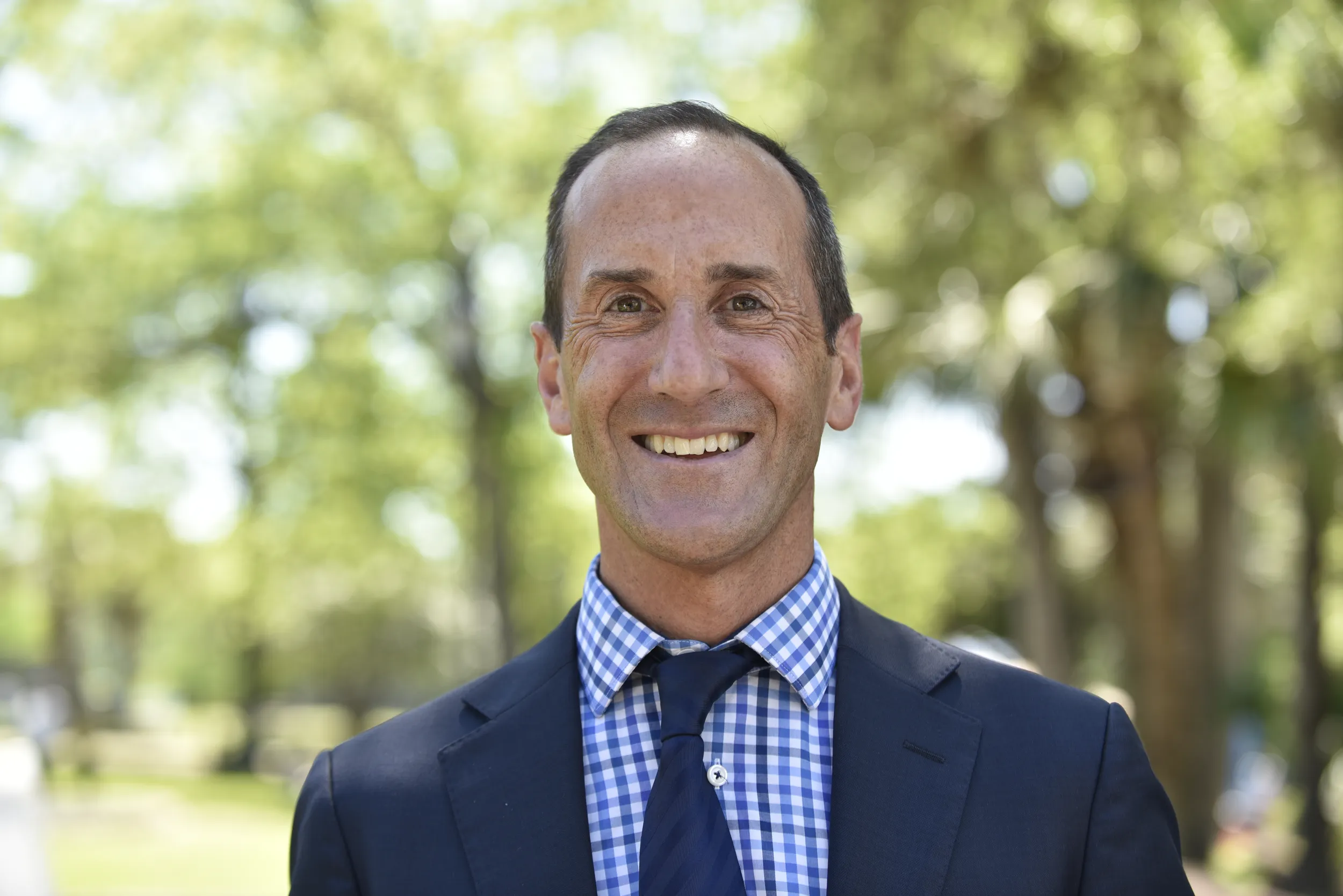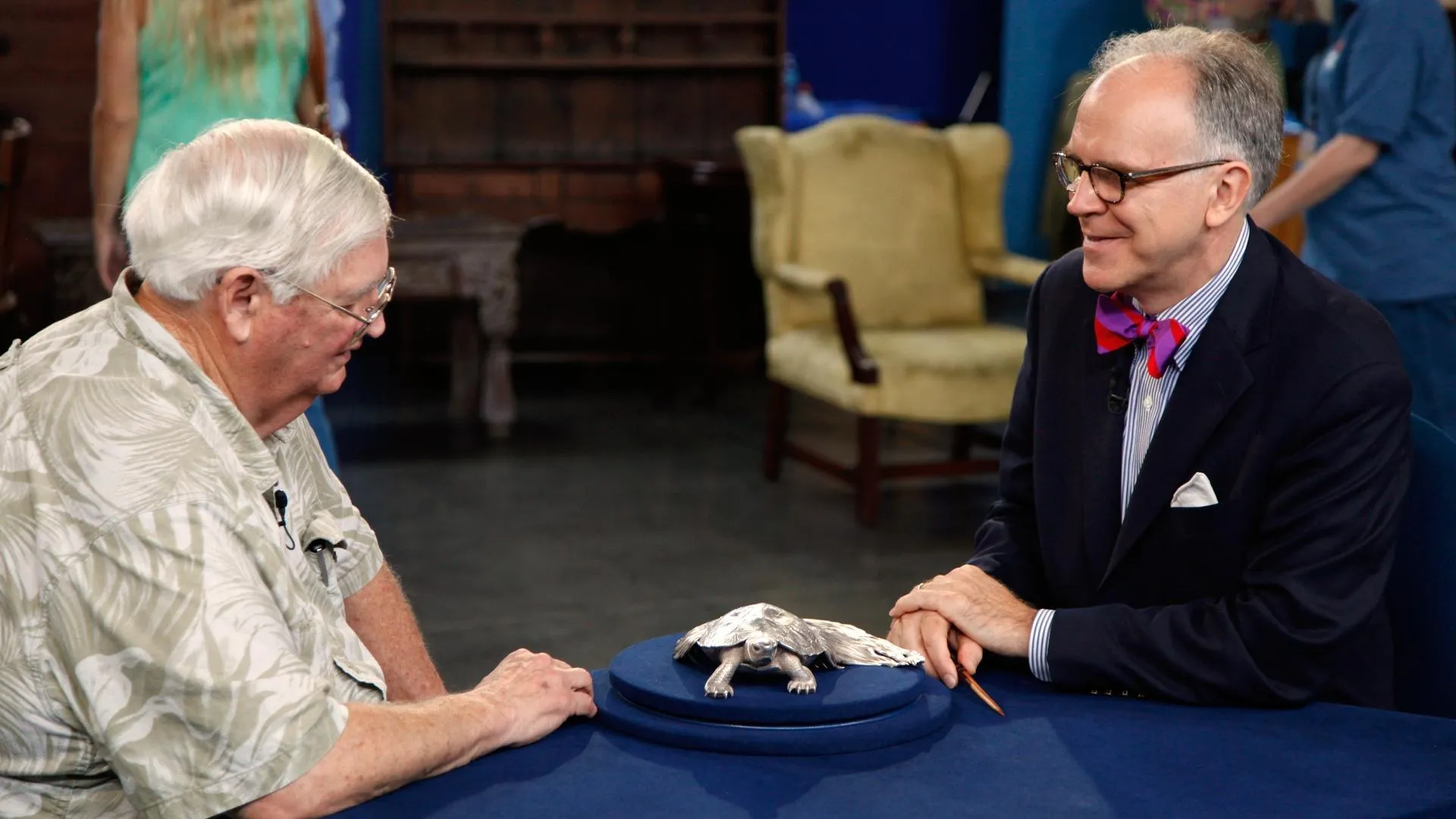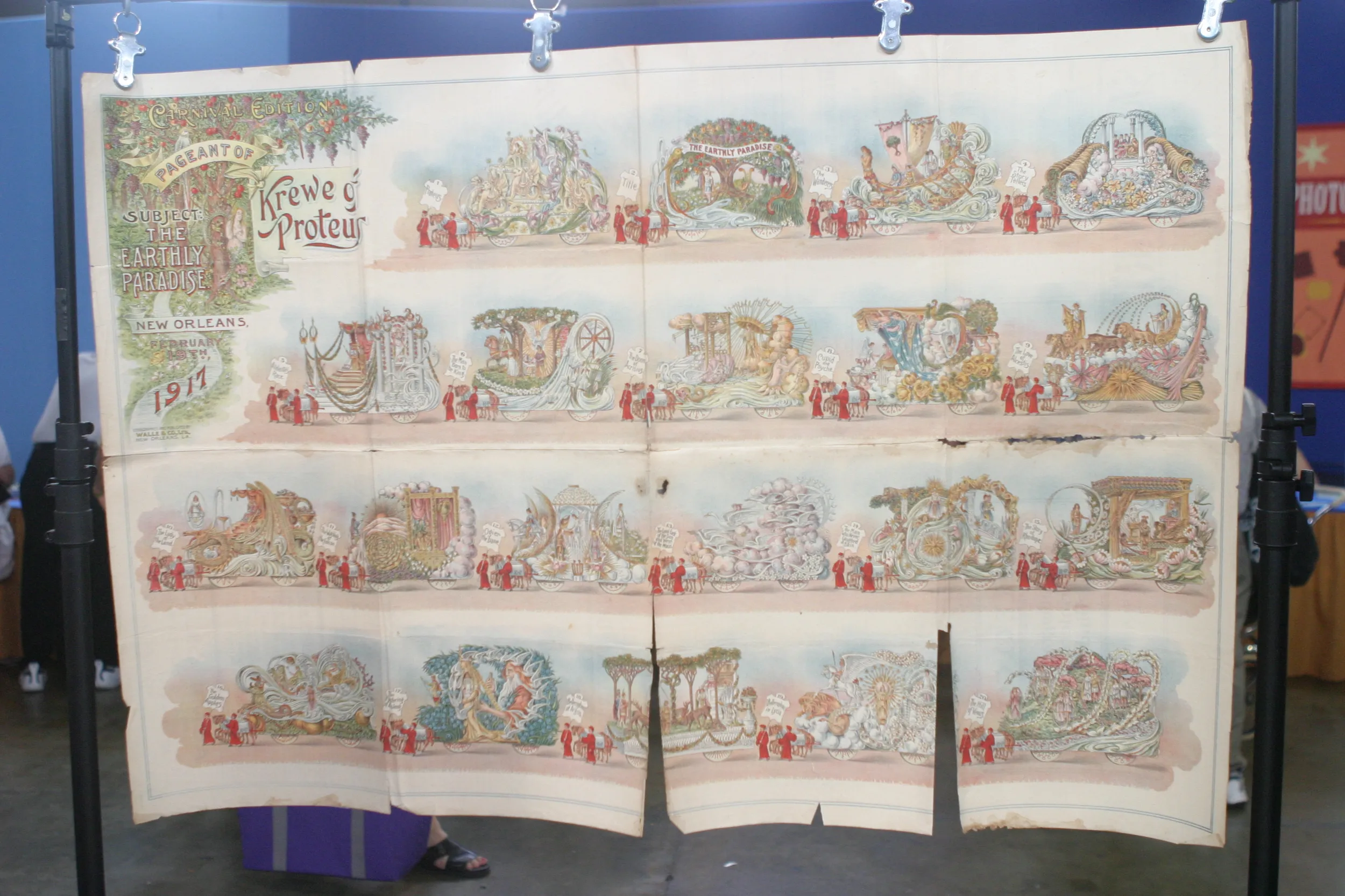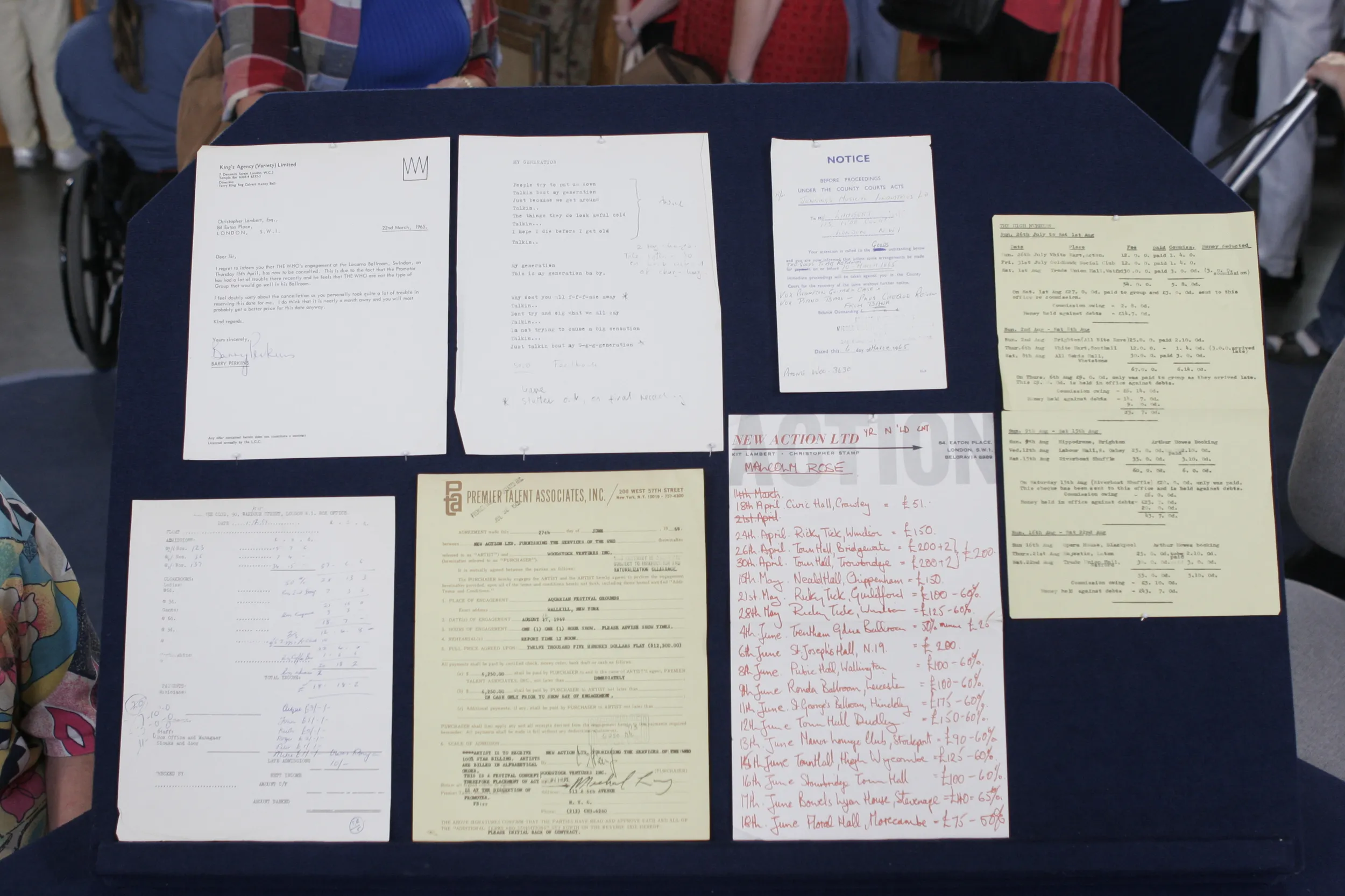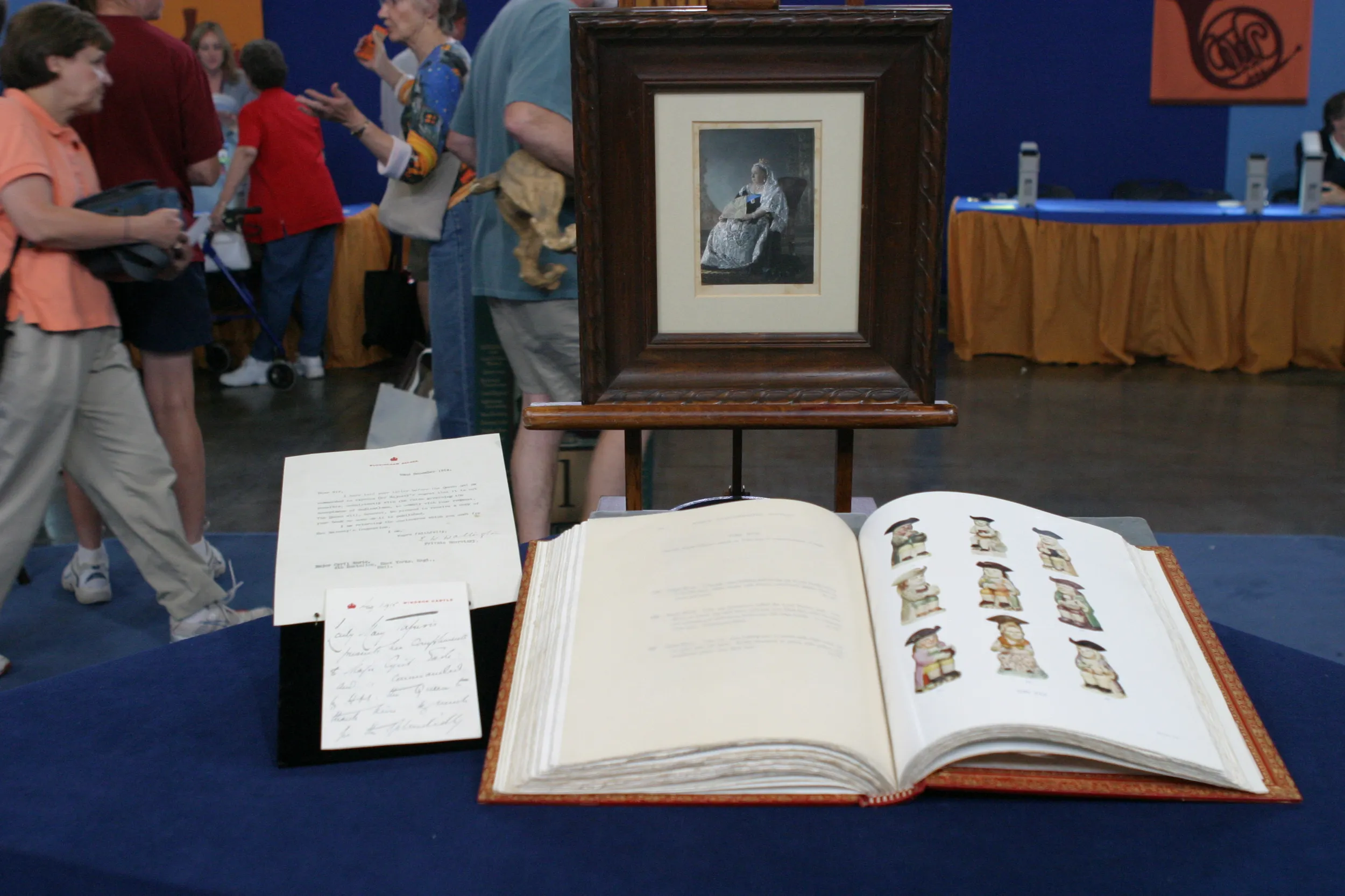GUEST: We had purchased this in 1980 from a friend of ours who had a gallery in Palm Beach, Florida, actually. And I had it and went through a divorce in 1985, and this is what I was given as part of my settlement.
APPRAISER: Do you know who it's by?
GUEST: I sure do.
APPRAISER: Tell me that.
GUEST: Salvador Dalí.
APPRAISER: Okay, and do you remember how much you bought it for?
GUEST: I think we paid maybe $250 at that time.
APPRAISER: Okay. You have a color etching by Dalí from the "Song of Songs of Solomon" series. And it's one of 12 different etchings he made to illustrate that portfolio, which appeared in 1971. The portfolio has 12 different images illustrating the text in it, and Dalí would have signed and numbered the portfolio on the last page, also known as the justification page. Typically, the individual prints were not signed by Dalí. And as you see down here, this has a sort of suspicious pencil signature. And I say sort of suspicious because they weren't supposed to be pencil signed. These were interleaved with text in the portfolio. You also have an even more suspicious "E.A." down here in the lower left in pencil, and that is a French abbreviation for approved artiste. Just another way of saying artist proof. And that's also a huge red flag when it comes to the world of Dalí prints. The later in his career, being from the mid-'70s onward, it's assumed that virtually no prints that are "by Dalí " are actually signed by him. Now, that being said, yours is an earlier print. It's from 1971. It's more or less before the problematic era in Dalí’s career when a lot of copies were coming out. So that's a good thing. And I want to put you at ease right here and now...
GUEST: Okay.
APPRAISER: ...and tell you that there's nothing wrong at all with this print. And I would say it's 100% authentic, okay? It's an etching, just as it should be. The coloring is stenciled on, as it should be. And you even have the addition of this sort of gold dust, and that's just not the sort of thing you would see on a forged print in the Dalí universe, if you will. So I like the fact that the print, to me, is 100% original. Now, what I don't like: I'm fairly convinced, because this appeared originally unsigned in a portfolio, that that signature got added later by somebody who was trying to increase its value when they were selling it. What they didn't know is by putting that signature on there, is that they're actually decreasing its value because it opens up this specter of doubt. So anybody who's cognizant with Dalí prints would see this and say, "Oh, but it's not supposed to be signed, so what's going on here? It must be fake." So if I put this up at auction, with that signature on it, it could fall flat and maybe make $100, maybe make $200, whereas it really does have much more value than that. So I'm going to suggest something revolutionary that you normally do not hear specialists say. I would go out on a limb and say what you should do is have a conservator restore this and very carefully remove that signature, and clean the sheet up a little bit. And you would have what is a 100% authentic etching from the "Song of Solomon" suite. And that way, at auction, I would estimate this at around $1,000 to $1,500.
GUEST: Oh, wow. Okay.
